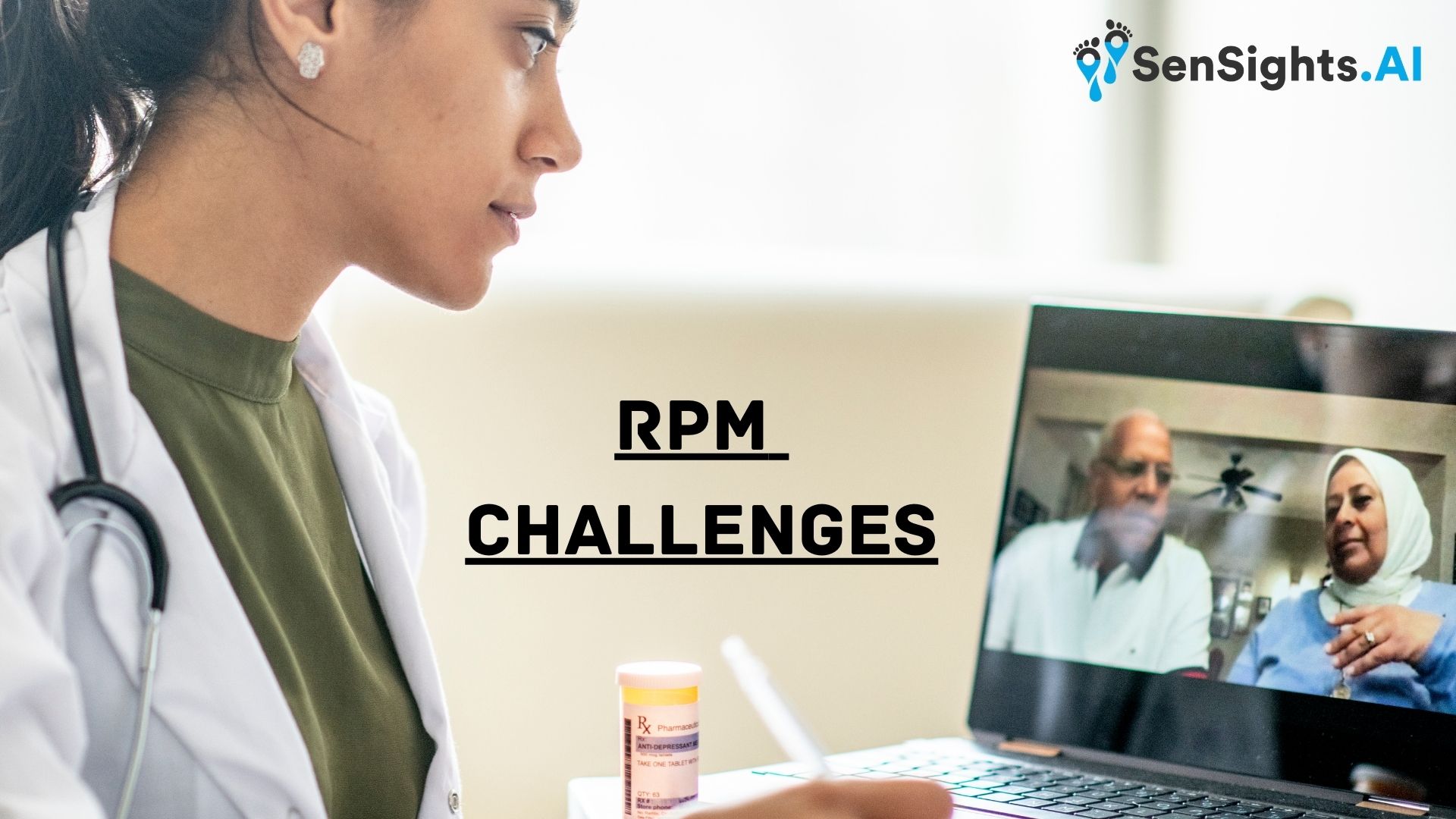Remote Patient Monitoring (RPM) has emerged as a promising healthcare technology that allows healthcare providers to remotely monitor and collect health data from patients outside of traditional healthcare settings. RPM has the potential to improve patient outcomes, reduce healthcare costs, and increase access to care for patients with chronic conditions or other healthcare needs. However, as with any emerging technology, there are several challenges that must be addressed in order to fully realize the benefits of RPM.
Patient Engagement
RPM requires patients to actively participate in their own care by using monitoring devices and providing regular health data. However, some patients may be resistant to using new technology or may not understand the importance of monitoring their health. To overcome this challenge, healthcare providers can educate patients on the benefits of RPM, provide training on how to use monitoring devices, and offer support and encouragement throughout the monitoring process.
Data Privacy and Security
RPM involves the collection and transmission of sensitive patient health data, which raises concerns about data privacy and security. To address this challenge, healthcare providers can implement strong data encryption and access controls, regularly update their security protocols, and adhere to industry best practices for data privacy and security.
Technology Limitations
RPM technology is constantly evolving, but there are still limitations to what can be monitored and how accurately data can be collected. To overcome this challenge, healthcare providers can work with technology vendors to identify areas for improvement, invest in new monitoring devices and software, and conduct ongoing research and development to improve the accuracy and usability of RPM technology.
Reimbursement & Regulatory Challenges
RPM is still a relatively new field, and there are ongoing debates over how to reimburse healthcare providers for RPM services and how to regulate the use of RPM technology. To overcome these challenges, healthcare providers can work with policymakers and industry organizations to advocate for reimbursement policies that incentivize the use of RPM and for regulatory frameworks that support innovation and patient safety.
Integration with Existing Healthcare Systems
RPM data needs to be integrated with existing healthcare systems in order to be useful for clinicians and care teams. However, this integration can be challenging due to differences in data formats and system interoperability. To overcome this challenge, healthcare providers can invest in interoperability solutions, work with technology vendors to ensure compatibility with existing systems, and collaborate with other healthcare organizations to share best practices and develop common standards for RPM data integration.
SenSights.AI
At SenSights.AI we offer touchless CGM and RPM solutions designed to make healthcare more patient-centered and physician-friendly. Our mission at SenSights.AI is to enhance healthcare providers’ abilities and elevate patient care quality with our innovative Remote Patient Monitoring (RPM), Chronic Care Management (CCM), Principal Care Management (PCM), and Remote Therapeutic Monitoring (RTM) solutions.
Get Rewarded for Your Opinions
A $100 Amazon Gift Card* could be yours with just 2 minutes of your time!
We invite healthcare providers to participate in a survey and receive a complimentary copy of our findings, worth $99 each, for a white paper on RPM challenges in 2023. The survey is concise and will only take a couple of minutes of your time. Your input is greatly appreciated. Thanks for helping us to better understand the needs of healthcare providers and create solutions that can address those needs.
Click this link to complete a survey
* 1 in 20 chance

